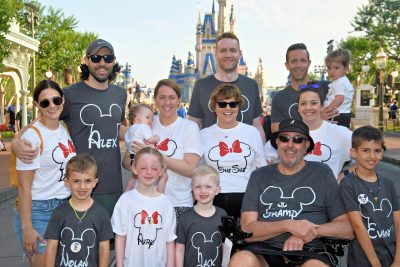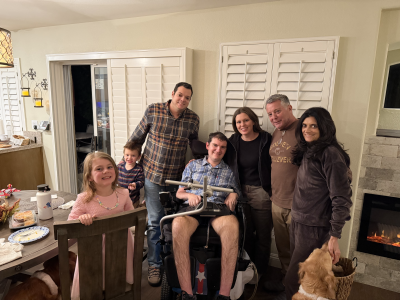Project ALS funds a four-lab consortium working to understand why the motor neurons controlling the eye movement—ocular motor neurons, or OMNs—remain functional in ALS, while motor neurons controlling the limbs are destroyed.
The OMN initiative entered Phase Two of funding in April 2016 and has since made two significant advances; (1) the discovery of several candidate genes which make OMNs more resistant to ALS, and (2) the discovery of observed differences between the axons of OMNs and other more vulnerable motor neurons. The goal of this effort is to confer the resistance feature of eye motor neurons unto more vulnerable ALS motor neurons, such as those controlling limb movements, for example.
The initiative is directed by Elizabeth Engle, MD, of Boston Children’s Hospital, in collaboration with the Lorenz Studer lab at Memorial Sloan Kettering, the Hynek Wichterle Lab at Columbia University, and the Esteban Mazzoni Lab at NYU. The four labs meet monthly

Stories of the Season: Nick Grimmer
Running for His Father: Nick’s Marathon for ALS Research Earlier this fall, Nick Grimmer ran his first ever New York City Marathon in honor of


